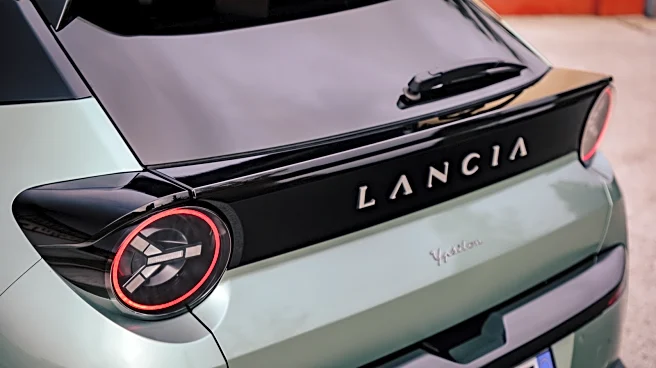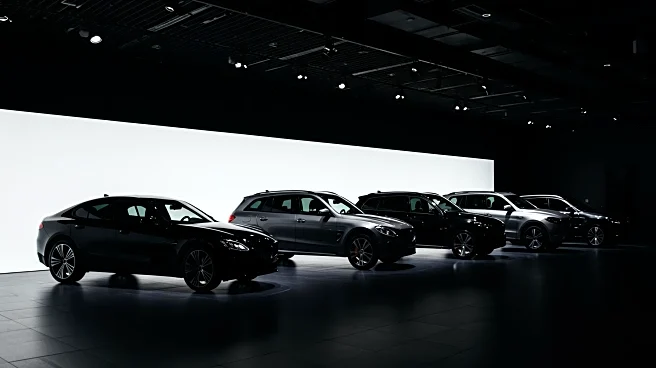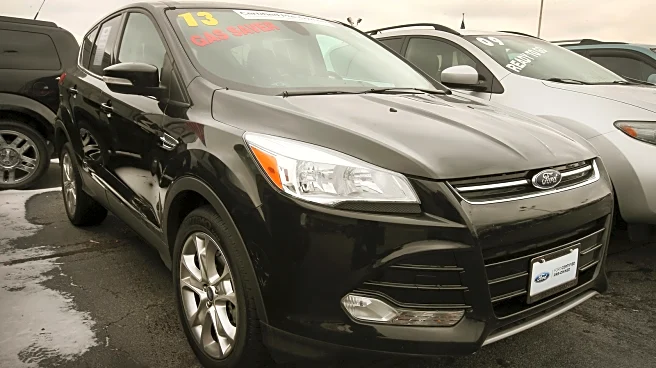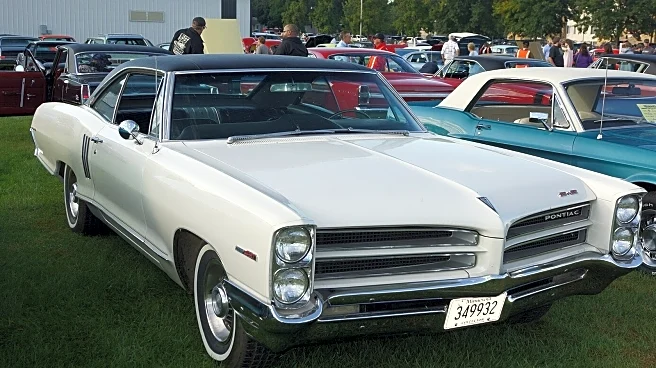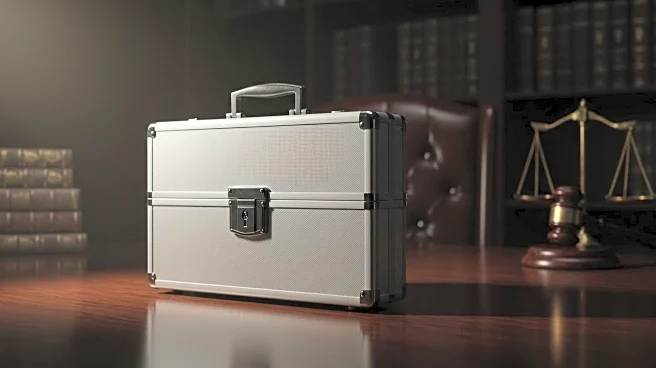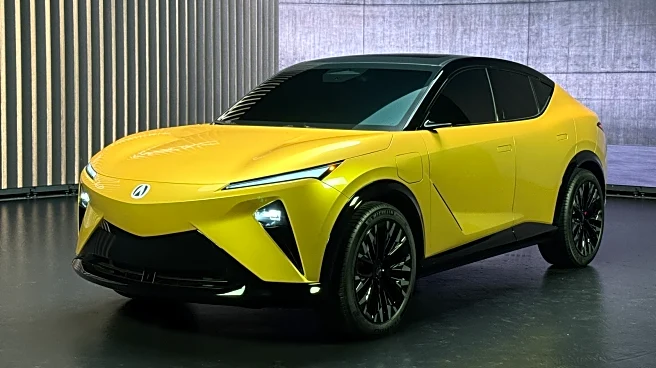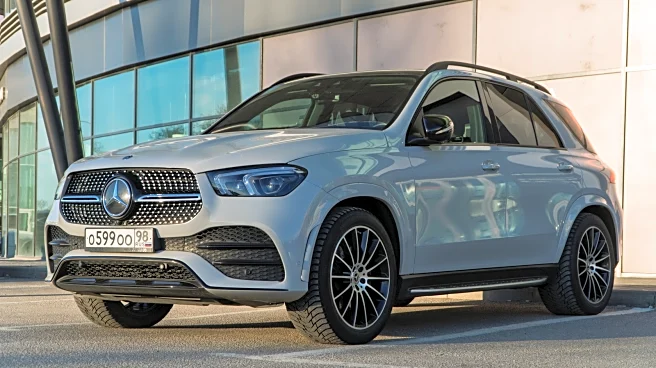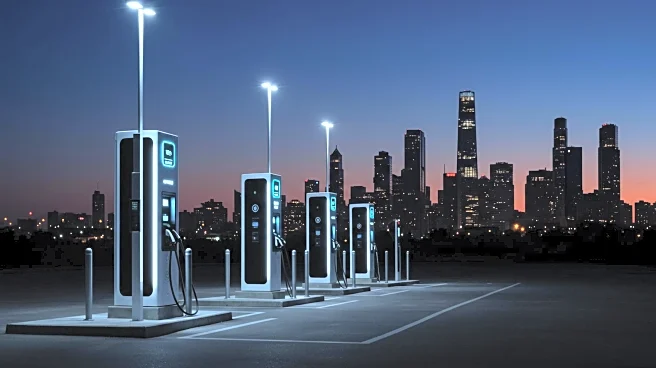
Aston Martin knows a thing or two about building engines. The DB5's inline-6 sings a sensual exhaust note, which James Bond's eardrums can register only because he uses silenced pistols. Early V8 Vantage cars sound like barely restrained tigers attempting to purr. The noise from a V12 Vantage could make Johann Sebastian Bach quit composing, knowing that the greatest sound the human ear will ever experience has already been found.
But listening to the powerful, sharp, opulently stitched new Aston Martin
Vantage S (or any post-2017 V8 Aston), you might think it sounds familiar, that perhaps some German influence had snuck in like a few drops of doppelbock in your pint of bitter. That's because Britain's classy GT manufacturer skipped across the Channel to see if it could borrow a cup of AMG from Mercedes. To be clear, the company still makes its own V12s, but Mercedes-AMG generously providing V8s is what makes this possible.
When the DB11 started offering Mercedes-AMG V8 power for the 2018 model year, it wasn't out of the blue. The automakers signed a partnership agreement in 2013 that provided Aston Martin with Mercedes-AMG V8s, electrical tech, and infotainment systems. Top Gear reported that Ian Minards, Aston's product development director, said, "Working with AMG in this way, while, of course, remaining independent and preserving the unique character and style of Aston Martin that has been the mainstay of the company throughout its 100-year history, points to a very bright future."
Yes, "independent," a word that was surely important to Aston Martin after Ford dropped the marque in the laps of some investors in 2007 for $925 million after about 30 years of control. Now Aston Martin wants — and gets — the benefits of shared tech without losing its freedom.
Read more: These Are The Most Forgettable Cars
Won't Get Forded Again

Speaking of 2007, a year that brought the Great Recession to the world's economy, Ford was interested in trimming some fat to, you know, live. In Ford Motor Company's 2007 Annual Report, page 18, the company states, "We took actions to reduce Automotive long-term debt by $2.7 billion and monetized our investements in certain non-core assets (e.g., Aston Martin Lagonda Group Limited)."
The only thing that probably stung more than claims that Aston's V12s were just conjoined Ford Duratec V6s was being referred to as a "non-core asset." (Ford followed this up by selling Jaguar and Land Rover in 2008 and Volvo in 2010. These were the other three European brands in Ford's "Premiere Automotive Group," in addition to the Blue Oval's legacy Lincoln and Mercury divisions.)
It's not like everything was rosy for Aston after the Ford divorce, either. The company experienced its shares of ups and downs, with about $120 million in losses in 2014 and 300 jobs evaporating in 2015, only to bounce back in 2018 by appearing on the London Stock Exchange with an estimated value of $5.78 billion. Then it famously hemorrhaged $1.8 million every day in 2024. Even in 2025, its current earnings report shows a 34% revenue reduction when comparing the second quarter of 2024 to the same period in 2025, which Aston Martin CEO Adrian Hallmark mostly attributed to "The evolving and disruptive U.S. tariff situation."
Still, Aston fiercely values independence and is careful about its partnerships. In the Aston Martin Code of Conduct, page 19 describes its standards for choosing partners, establishing that "before entering into any relationships, we carry out due dilligence to ensure we know who we are really working with."
Aston Martin Will Stay On Mercedes Life Support For The Foreseeable Future

Perhaps Aston's caution is the result of dealing with Ford. Regardless, the Mercedes-AMG partnership seems to be mutually beneficial. Mercedes-Benz increased its 5% stake to 20% in 2020, and AMG's Tobias Moers became Aston Martin's CEO the same year, though he stepped down in 2022. Current CEO Adrian Hallmark wants to make Aston profitable by the end of 2026, halving the time he took to turn around Bentley as its chief executive. The best part, though, is that Aston plans to continue making V12s.Thanks, Mercedes, you deserve a kiss on the cheek for making this possible.
In 2023, Aston was anticipating a time when its V12 would disappear due to emissions regulations, and Roberto Fedeli, chief technical officer, told Autocar that "without Mercedes we could be in trouble. At the same time, Mercedes isn't just an engine for us, it's [also] the base electrical architecture." Aston's AMG-powered models include the DB12, Vantage, Valhalla, and DBX SUV. For those who wish Aston Martin designed 100% of its power trains, it seems the decision if you want a V8 is between Mercedes power or no Aston Martin.
Besides, this isn't the first time non-Mercedes vehicles have sported awesome AMG engines. The long-snooted Chrysler Crossfire SRT-6 got roided up when DaimlerChrysler made a rare good decision by stuffing it full of 330 hp AMG supercharged V6. And Pagani's Zonda, Huayra, Imola, and surprisingly adept flooded-Dubai-street forder Utopia all boast Mercedes V12s. Mercedes-AMG also provides 2.0-liter turbo inline-4s for the Lotus Emira, a combo only available with an automatic transmission because the world is sometimes dramatically unfair.
Want more like this? Join the Jalopnik newsletter to get the latest auto news sent straight to your inbox...
Read the original article on Jalopnik.
